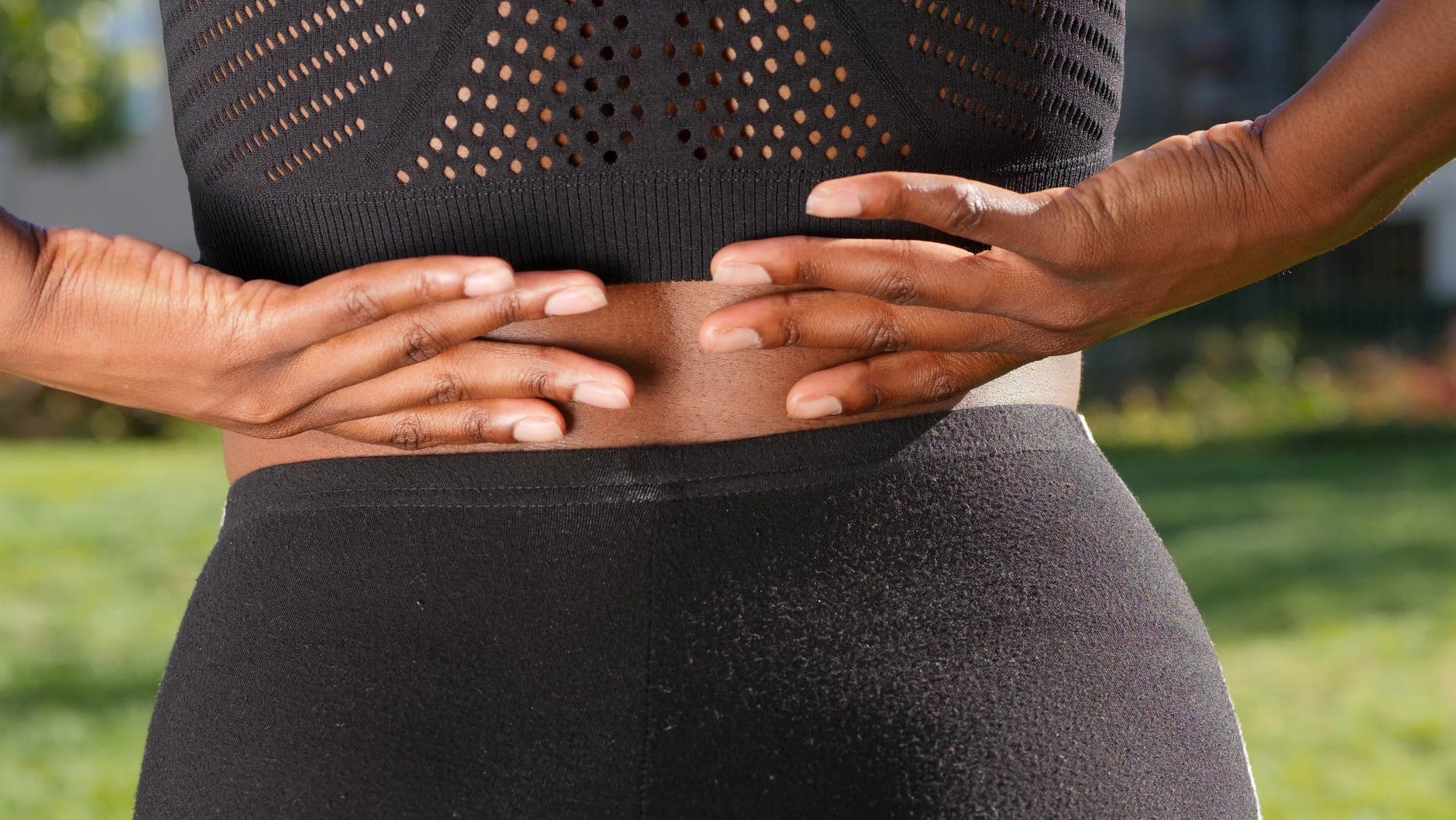
Using an exercise bike is a great form of cardiovascular exercise that can help with weight loss and muscle toning, but it’s essential to maintain proper posture when doing so. If you cycle in an improper manner, such as leaning too far forward or backward, your back may suffer the consequences.
The following article discusses some causes for back pain while cycling and how to avoid them.
Causes of Back Pain with a Stationary Bike
For many people, cycling is a great option if they have back pain (or any joint pain) because this form of exercise is low impact. However, there are a few reasons that it can be the cause of back pain as well. A common misconception is that back pain usually has more to do with the bike setup.
However, the truth is that if you are experiencing back pain while cycling, it’s most likely because of your posture and biomechanics! Let’s dive into the details:
Bike Setup
Although bike setup doesn’t typically initiate back pain, it can contribute if you’re experiencing discomfort. If your handlebars are too high or low, this could cause spinal deviation that leads to muscle strain and possibly even pinched nerves!
If your seat is too high or low, you could be putting yourself at risk for back pain as well. If it’s set up in the wrong position, this can create tension and lead to muscle strain when pedaling because of the angle of hip flexion that will occur.
When considering these factors during a bike fitting, you should always maintain a neutral spine throughout the entire range of motion. This is one reason why a professional fitting should be done by someone who knows what they’re doing.
Posture
While the way you sit on a stationary bike can significantly contribute to back pain, the way you hold yourself is usually a bigger problem. For example, too much rounding in the upper back and shoulders to reach your handles, rather than flexing at the hip and keeping a relatively flat spine, can lead to stiff and sore low back and neck, too).
Spine Mobility and Strength
Other factors contributing to back pain are spinal mobility and core strength. If your core muscles are weak, you’ll likely be more prone to experiencing discomfort because of the increased stress on your spine when cycling. In addition, if you have tight hip flexors and quads but weak hamstrings or glutes, this could also lead to discomfort or pain.
Another reason why this could be a cause of back pain is if you have limited thoracic spine mobility, which can lead to scapular winging and shoulder pinching during your pedal stroke. Overall, this increases the pressure that’s placed on your lumbar spine!
Biking Mechanics
Finally, faulty biking mechanics can also be a cause of back pain. When you’re cycling, your knees should be slightly bent, and your hips and shoulders should remain in line with each other (relatively). If they don’t, this could create abnormal movement patterns that lead to muscle imbalances and discomfort or pain.
How to Avoid Back Pain When Cycling
Cycling is a great way to promote muscular balance and coordination, and overall good health. Being aware of potential pitfalls that can lead to issues like back pain is the first step in maximizing your fitness potential with a stationary bike. Paying close attention to your posture, bike setup, and mechanics can make a difference. Plus, cross-training your body with regular strength training, running, and other exercises can help keep your body in balance.
Finally, if you have no clue where to get started, it is always worth asking for help. Whether this is from a friend, a trainer, or a physical therapist, gaining some insight will help you stay pain-free for the foreseeable future.